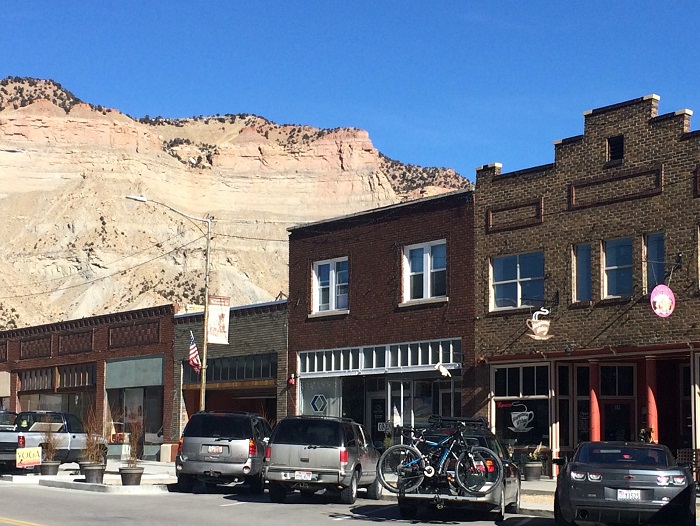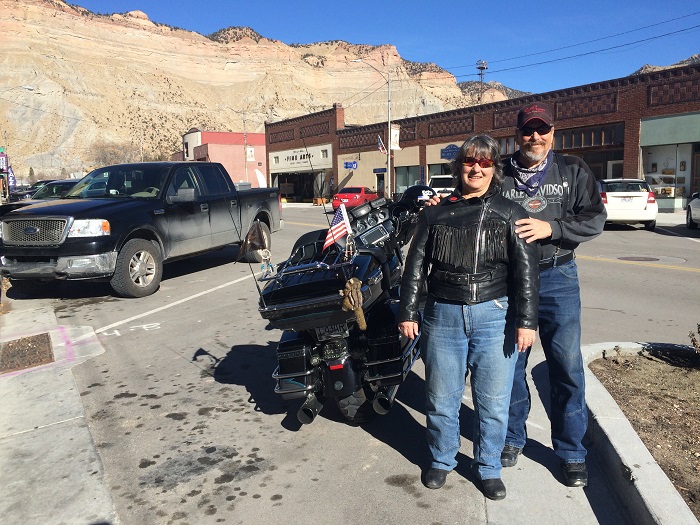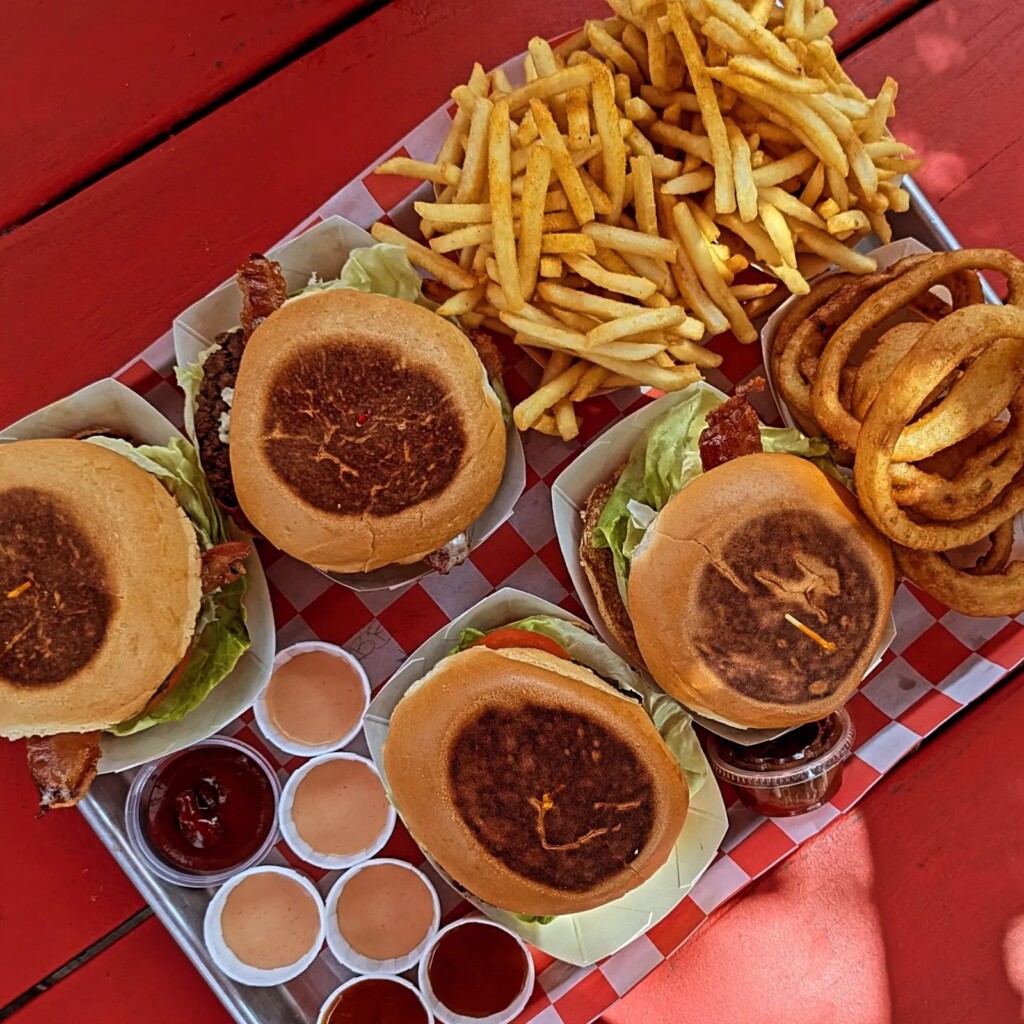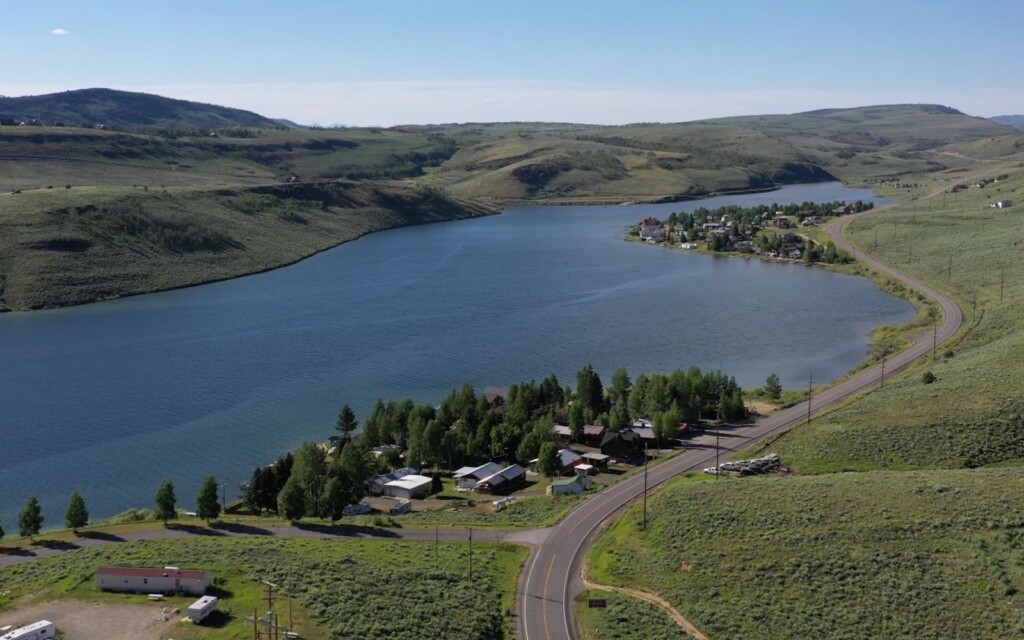
In 1881, the historic town of Helper, Utah, was born as a result of the arrival of the Denver and Rio Grande Western Railroad. The town got its name from the fleet of ‘helper’ engines that were stationed at the mouth of Price Canyon, ready and waiting to assist the trains on their way to Soldier Summit. With the steep grade of the canyon, the steam engines were unable to climb the canyon without help.
The Past
The railroad company planned the area to be a freight terminal halfway between Ogden, Utah and Grand Junction, Colorado. By 1887, nearly thirty residences had been erected, soon to be followed by a new train depot, a hotel and a school. With the railroad being the lifeblood of many urban centers throughout the American West, Utah’s desert started to blossom.

The arrival of the train led to coal mining. The area around Helper attracted a diverse group of workers for both the railroad and the mining industry. Immigrants arrived from all over the world. After the turn of the century, there were 27 spoken languages in the area.
As we now know from history, very few of these early towns have successfully survived modernization. The improvement of roads and highway systems, as well as the development of air travel, created competition with the railroad to such a degree, that many of the settlements along the train tracks began to wither and die. With the added pressure of the reduction in demand for fossil fuels, the town of Helper has been hit twice.
The Present
In December 2017, I spoke with newly-elected city councilwoman, and co-chair of the Helper Revitalization Committee, Malarie Matsuda. We spoke about the work being invested to once again make Helper a vibrant and sustainable community.
“Small towns like Helper, need to start thinking outside the box. A fossil fuel economy is not reliable.” Malarie says. “We want to protect, honor, and respect our history, but keep a vision for the future.”
Malarie is native to the area and holds a deep appreciation for her home. She is taken by the beauty of the landscape. She loves the magnificent cliffs on the edge of town, how the river runs right along Main Street, the clear skies, and the fresh air. She also appreciates that, being just a two hour’s drive from Salt Lake City, Helper is an easy escape from the sprawl of urban life.
I ask Malarie what Helper needs to be a viable and sustainable community. She tells me that first of all, Helper needs to maintain its current population, as well as attract new and young families. Helper needs to create a sustainable food system, commit land use to grow local produce, open a natural food store and deli, reduce waste, and invest in renewable energy. Recently the city’s water infrastructure was updated and modernized, but the electrical grid also needs a major overhaul. There needs to be an increased economy, most likely, through a partnership with the neighboring city of Price. They need to create incentives for manufacturing. Helper now has Fiber internet, which Malarie hopes will attract the tech industry, and she wants to see the Frontrunner train come to Carbon County.
“When you grow up in a small town, and you never leave, sometimes you don’t realize what you already have,” Malarie says.
With the challenges of a sustainable future, Helper has already firmly established itself as a diverse and artistic community. Helper has been host to the long-running, Helper Arts, Music, and Film Festival which showcases the vibrancy of local talent. The Helper Outlaw Car Show and Cruise, hosted by the Butch Cassidy Gang Car Club, is in its 32nd year, and sports classic cars and trucks, music, food, a pin-up contest, and swap meet. In partnership with the local Farmer’s Market, Helper has established First Friday events, a monthly Gallery Stroll along Historic Main Street, as well as, local music, food vendors, and outdoor film showings.

Helper has started to capitalize on its many possibilities for outdoor recreation and there has been a recent push toward marketing to the tourist population. A trail system for hiking and mountain biking has been established, there are picturesque routes and destinations perfect for half-day or multi-day bike touring, ATV trails, and river recreation opportunities. In the past, lodging has been a challenge, but now there are vacation rentals available and listings on AirBnB.
The Future
Luckily for this small town, there is a growing and passionate population that recognizes Helper’s potential and its future looks promising. There is a lot of local pride in this little town. The community has started a collective movement toward revitalization. The residents recently completed the River Restoration Project, cleaning up the natural waterway of the Price River, thus creating a healthy and inviting riverfront. Helper is full of historic charm. Within the last 18 months, all but one of the available buildings on Main Street has been purchased and has undergone some degree of renovation. Helper is indeed helping itself.
FOR MORE SMALL TOWN STORIES GO HERE




